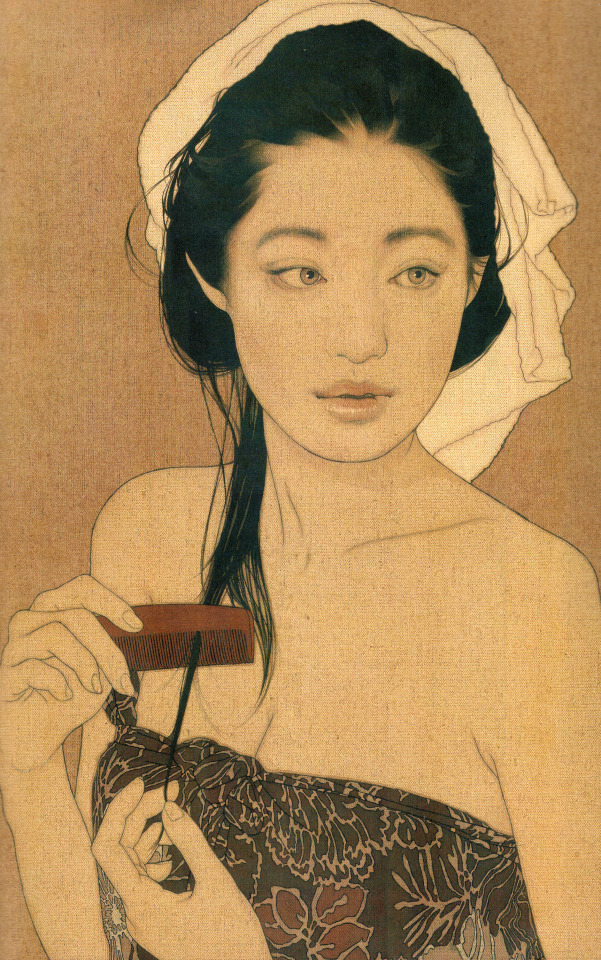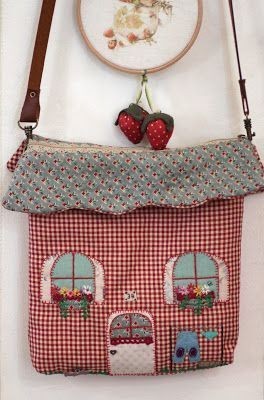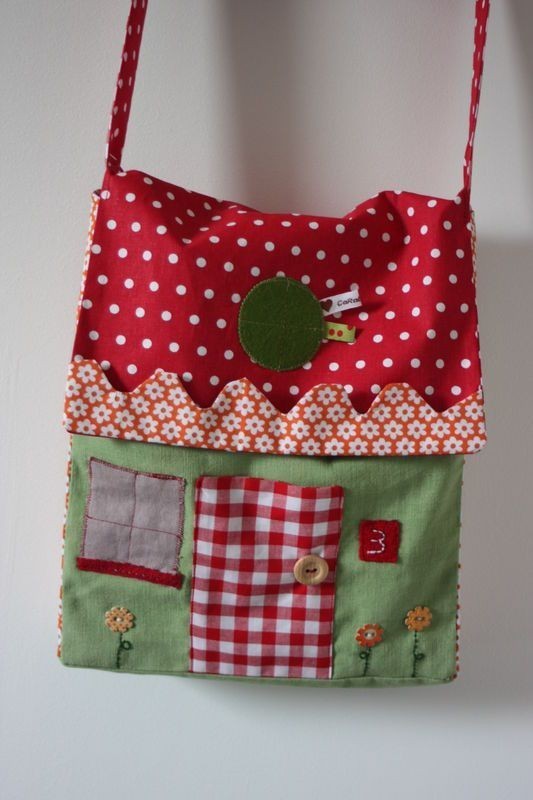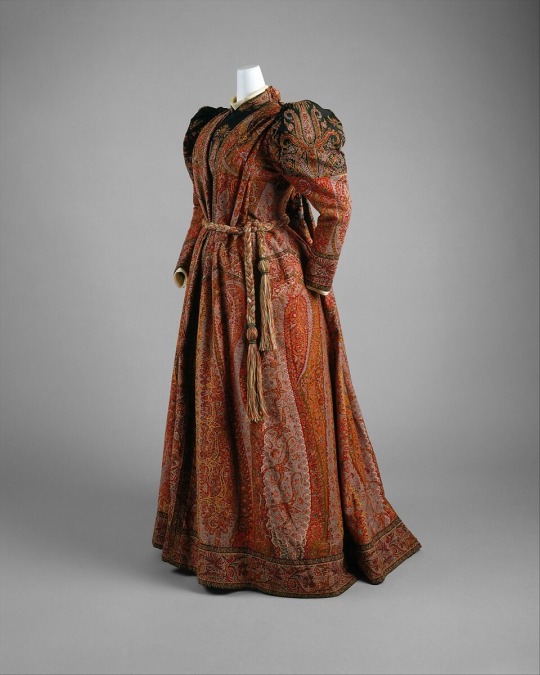#Clothing/Textiles
Explore tagged Tumblr posts
Text
I came across this in a book I'm currently reading and it's really stuck in my mind and I wanted to share

'Sheep in Wolf's clothing' by Judith Duffey 1986
I don't know if anyone on here is going to be interested I'm this piece or anything but I wanted to share as it struck me an an amazing piece of textile art
26K notes
·
View notes
Text
Child's Sock from Egypt, c.250-350 CE: this colorful sock is nearly 1,700 years old

This sock was discovered during excavations in the ancient city of Oxyrhynchus. It was likely created for a child during the late Roman period, c.250-350 CE.
Similar-looking socks from late antiquity and the early Byzantine period have also been found at several other sites throughout Egypt; these socks often have colorful, striped patterns with divided toes, and they were crafted out of wool using a technique known as nålbinding.

Above: a similar child's sock from Antinoöpolis, c.250-350 CE
The sock depicted above was created during the same period, and it was found in a midden heap (an ancient rubbish pit) in the city of Antinoöpolis. A multispectral imaging analysis of this sock yielded some interesting results back in 2018, as this article explains:
... analysis revealed that the sock contained seven hues of wool yarn woven together in a meticulous, stripy pattern. Just three natural, plant-based dyes—madder roots for red, woad leaves for blue and weld flowers for yellow—were used to create the different color combinations featured on the sock, according to Joanne Dyer, lead author of the study.
In the paper, she and her co-authors explain that the imaging technique also revealed how the colors were mixed to create hues of green, purple and orange: In some cases, fibers of different colors were spun together; in others, individual yarns went through multiple dye baths.
Such intricacy is pretty impressive, considering that the ancient sock is both “tiny” and “fragile."
Given its size and orientation, the researchers believe it may have been worn on a child’s left foot.

Above: another child's sock from Al Fayyum, c.300-500 CE
The ancient Egyptians employed a single-needle looping technique, often referred to as nålbindning, to create their socks. Notably, the approach could be used to separate the big toe and four other toes in the sock—which just may have given life to the ever-controversial socks-and-sandals trend.
Sources & More Info:
Manchester Museum: Child's Sock from Oxyrhynchus
British Museum: Sock from Antinoupolis
Royal Ontario Museum: Sock from Al Fayyum
Smithsonian Magazine: 1,700-Year-Old Sock Spins Yarn About Ancient Egyptian Fashion
The Guardian: Imaging Tool Unravels Secrets of Child's Sock from Ancient Egypt
PLOS ONE Journal: A Multispectral Imaging Approach Integrated into the Study of Late Antique Textiles from Egypt
National Museums Scotland: The Lost Sock
#archaeology#artifact#history#anthropology#child's sock#ancient textiles#ancient egypt#roman egypt#fabric arts#knitting#fashion#naalebinding#art#classical antiquity#children in archaeology#natural dyes#wool#yarn#ancient clothing#children#roman#sewing#egyptology#cute little stripy socks
2K notes
·
View notes
Text
Maintaining the biodiversity of sheep is not just important for knitters and spinners, but for the health of the environment. Essentially, a sheep functions like a carbon sequestration system. Atmospheric carbon makes up 50 percent of wool's weight, and, unlike synthetic fabrics, wool is naturally biodegradable. When disposed of, wool acts like a fertilizer, slowly releasing valuable nutrients and carbon back into the soil. Wool fixed carbon in the topsoil rather than releasing it into the atmosphere. This process can help regenerate pastures, which sheep will graze. And sheep can help answer the problem of how to avoid far-flung fiber supply chains. Because sheep do well in such an extraordinary range of terrains, wool is a natural choice for people interested in rebuilding local systems of cloth manufacture. Certain breeds are more suited to certain atmospheric and geologic conditions than others, so preserving diversity also means preserving the geographic range in which sheep can flourish.
Sofi Thanhauser, Worn: A People’s History of Clothing
2K notes
·
View notes
Text
no but genuinely I lose a little more patience for people who won't wear wool, leather, silk, or fur every day that I live in a world where plastic is increasingly the only damn kind of clothing you can find (or the only kind of fabric for sewing, even)
obviously, animal cruelty is horrible. I believe that even industries that rely on the deaths of animals should make their lives as good and their ends as humane as possible. and many of these industries need tighter environmental regulations on their production practices- some of the chemicals involved are highly toxic and ill-controlled at times
but at some point, you have to wake up to the fact that the only alternative we've found to date is destroying our planet
it's all plastic. and plastic is horrible for the world- the environment, humans, and especially animals. how cruelty-free is it to cause mass habitat loss? or climate change that disrupts food sources for those animals on a vast scale? how is that better than the deaths of a relatively small proportion of animals comparatively?
(and don't even start with "but pineapple leather! but cactus leather!" when those are still basically plastic due to heavy plastics use in their production processes. there is currently no non-plastic alternative to most animal-based textile products)
I've always tried to keep in mind that we all have to decide where our line is, that we all consume and there's no way of living in this world that doesn't take something from it. that for me, plastic clothing is to be avoided as much as possible, and for others, animal clothing products are to be avoided as much as possible. that the choice is equally valid
but I'm having a hard time seeing it as valid anymore when it just feels like trying to push the unpleasant part away from yourself so you can pretend your choice has no negative impacts. you're not wearing animal skin (or wool that an animal didn't even die to produce), so surely your way of doing things is better! no animals were harmed in the making of your outfit!
except. they were.
they and all the rest of us.
#fuck plastic#except for medical purposes#textiles#capitalist hellscape#(because companies use 'going cruelty-free' as an excuse to make their entire lineup a cavalcade of plastic)#textile waste#plastic waste#'just wear cotton or linen or hemp!' I mean I do but also#I live in New England#good luck with that when winter comes around#just bought a wool mantle with a fur-trimmed collar (yes it's vintage fur) from a friend and I fully expect to get use out of it soon#I just want to be able to buy Real Clothing (ie Not Plastic)#I can for now but. how much longer will I be able to?
1K notes
·
View notes
Text
Something incredibly satisfying about knowing your craft and the confidence that goes with it. Just the casual “yeah I could make that”. Want a band tee? Yeah I can embroider my own with the lyrics I want. Bridesmaid dress too long? Yeah I can hem it. Need new slippers? Yeah I can crochet a pair (and give them bunny ears). And of course it’s not perfect but nothing beats that feeling of being able to craft your own solution with your own two hands
#this was prompted by watching nerdforge on YouTube#which I highly recommend they just made an office with a bed that moves as required because they wanted the space#and the “well we want this so we’re going to make it attitude#I aspire to#due to space and resources I’m stuck with limited textile arts but want to and will learn more#want to also sew my own clothes but see above re space#so doing mending and alterations for now which is still satisfying!!!#plus being able to make all your friends presents#rambles#crochet#embroidery#seeing#questwithambition
2K notes
·
View notes
Text

#puffed sleeves#historical fashion#fashion#historical#history#historical clothing#historical dress#long dress#textiles#dress#1800s dress#1800s fashion#19th century fashion#19th century#dresses#high fashion
2K notes
·
View notes
Text

Yasunari Ikenaga: '朱い櫛 樹子' red comb and jiko (2013)
#yasunari ikenaga#朱い櫛 樹子#red comb and jiko#2013#yasunari ikenaga archive#linen#cloth#textile#nihongo#mucha#klimt#illustrations#paintings#japan#my scan
6K notes
·
View notes
Text




#grandmacore#wardrobe#clothes#purse#tote bag#cottage#crafts#sewing#art#textiles#mori girl#cottagecore
8K notes
·
View notes
Text



Heraldic jupon, or surcoat, belonging to Edward "The Black Prince" of Woodstock, Prince of Wales, hung above his tomb in Canterbury Cathedral (currently at the V&A museum).
Contemporary illustrations of the prince show how it would have appeared in the 14th century: the red lions of the Plantagenets are quartered with the fleurs-de-lys of France, representing his father Edward III's claim to the throne, while the three-pointed label across the top denoted him as the eldest son.
424 notes
·
View notes
Text



“hell is real” felt patch sewn onto an upcycled flannel. inspired by the ohio billboard
#fiber art#felt art#felt patch#patch#upcycle#textile art#texile#hell is real#ohio#artists on tumblr#theartofmadeline#im glad i finally did this even if its shitty lol#for my fellow ohio people#ive never used felt as a patch before but it was very fun!#ive been wanting to work with clothes more#please let this find the right audience lol#i would make more of these if anyone would buy them probs#fashion
3K notes
·
View notes
Note
how do you come up with the ways cultures in your setting stylize people/animals/the world in general in their artwork, i.e. jewlery, rock carvings, statues, etc? Each culture in your world seems to have a very unique "art style" and I love it a lot - makes them seem that much more 'real'. This is something I struggle with a lot in my own worldbuilding and I'd love to pick your brain if possible 😁
I think a starting point is to have a research process based in the material realities of the culture you're designing for. Ask yourself questions like:
Where do they live? What's the climate/ecosystem(s) they are based in? What geographic features are present/absent?
What is their main subsistence method? (hunter gatherer, seasonal pastoralist, nomadic pastoralist, settled agriculturalist, a mix, etc)
What access to broader trade networks do they have and to whom? Are there foreign materials that will be easily accessible in trade and common in use, or valuable trade materials used sparingly in limited capacities?
Etc
And then do some research based on the answers, in order to get a sense of what materials they would have routine access to (ie dyes, metal, textiles, etc) and other possible variables that would shape how the art is made and what it's used for. This is just a foundational step and won't likely play much into designing a Style.
If you narrow these questions down very specifically, (ie in the context of the Korya post- grassland based mounted nomads, pastoralist and hunter-gatherer subsistence, access to wider trade networks and metals), you can direct your research to specific real world instances that fit this general idea. This is not to lift culturally specific concepts from the real world and slap them into your own setting, but to notice commonalities this lifestyle enforces - (ie in the previous example- mounted nomadic peoples are highly mobile and need to easily carry their wealth (often on clothing and tack) therefore small, elaborate decorative artwork that can easily be carried from place to place is a very likely feature)
For the details of the art itself, I come up with loose 'style guides' (usually just in my head) and go from there.
Here's some example questions for forming a style (some are more baseline than others)
Are geometric patterns favored? Organic patterns? Representative patterns (flowers, animals, stars, etc)? Abstract patterns?
Is there favored material(s)? Beads, bone, clay, metals, stones, etc.
When depicting people/animals, is realism favored? Heavy stylization? The emotional impression of an animal? Are key features accentuated?
How perspective typically executed? Does art attempt to capture 3d depth? Does it favor showing the whole body in 2 dimensions (ie much of Ancient Egyptian art, with the body shown in a mix of profile and forward facing perspective so all key attributes are shown)? Will limbs overlap? Are bodies shown static? In motion?
Does artwork of people attempt to beautify them? Does it favor the culture's conception of the ideal body?
Are there common visual motifs? Important symbols? Key subject matters?
What is the art used for? Are its functions aesthetic, tutelary, spiritual, magical? (Will often exist in combination, or have different examples for each purpose)
Who is represented? Is there interest in everyday people? Does art focus on glorifying warriors, heroes, kings?
Are there conventions for representing important figures? (IE gods/kings/etc being depicted larger than culturally lesser subjects)
Is there visual shorthand to depict objects/concepts that are difficult to execute with clarity (the sun, moon, water), or are invisible (wind, the soul), or have no physical component (speech)?
Etc
Deciding on answers to any of these questions will at least give you a unique baseline, and you can fill in the rest of the gaps and specify a style further until it is distinct. Many of these questions are not mutually exclusive, both in the sense of elements being combined (patterns with both geometric and organic elements) or a culture having multiple visual styles (3d art objects having unique features, religious artwork having its own conventions, etc).
Also when you're getting in depth, you should have cultural syncretism in mind. Cultures that routinely interact (whether this interaction is exchange or exploitation) inevitably exchange ideas, which can be especially visible in art. Doing research on how this synthesizing of ideas works in practice is very helpful- what is adopted or left out from an external influence, what is retained from an internal influence, what is unique to this synthesis, AND WHY. (I find Greco-Buddhist art really interesting, that's one of many such examples)
Looking at real world examples that fit your parameters can be helpful (ie if I've decided on geometric patterns in my 'style guide', I'll look at actual geometric patterns). And I strongly encourage trying to actually LEARN about what you're seeing. All art exists in a context, and having an understanding of how the context shapes art, how art does and doesn't relate to broader aspects of a society, etc, can help you when synthesizing your own.
#I have a solid baseline because I like learning about history so don't do this like. Full research process every time. It's just the gist#of what the core process is.#I think I've gotten a similar question about clothing in the past that I never answered (sorry) so yeah this applies to that as well#Though that involves a heavier preliminary research end (given there are substantially more practical concerns that shape the#making of clothing- material sources they have access to (plant textile? wool? hide? etc). The clothing's protective purpose (does#it need to protect from the sun? wind? mild cold? extreme cold?). Etc#Also involves establishing like. Beauty conventions. Gendered norms of dress. Modesty conventions. Etc#I think learning about the real world and different cultures across history is like. The absolute most important thing for good#worldbuilding. And this means LEARNING learning. Having the curiosity to learn the absolute myriad of Things People Do#and Why We Do Them and how we relate to shared aspects of our world. The commonalities and differences. I think this is like...#Foundational to having the ability to synthesize your own rather than just like. copy-pasting concepts at random
352 notes
·
View notes
Text


handmade flies filet crochet dress - do not repost
#mine#mochette#gloomy coquette#softette#dark coquette#mochette aesthetic#southern gothic#morute#original post#american coquette#coquette#crochet art#filet crochet#crochet#sewing#vintage americana#vintage#dollette#textile art#textiles#cottagecore#nymph aesthetic#nymph3t#dollcore#farmers daughter#antique clothing#fiber art#coquette aesthetic#antique
455 notes
·
View notes
Text

silk corset dated late 1700s.
220 notes
·
View notes
Text


knitted another creature jumper! will probably put up tester calls on my IG within the next month
ig: zableye_
#my knits#knitting#hand knitting#intarsia#artists on tumblr#stranded colourwork#knit#knitspiration#knitwear#fashion#textiles#knitters of tumblr#knitblr#craft#clothing#creature#hands
276 notes
·
View notes
Text

1895
#historical fashion#fashion#historical#history#historical clothing#historical dress#long dress#victorian#victorian era#victorian fashion#victorian pattern#victorian clothing#victorian history#victorian dress#textile#textiles#art#artwork#fashion plate#fashion dress#1800s dress#late 1800s#1800s fashion#1800s#circa 1895#19th century fashion#late 19th century#19th century#1895 sleeves#dress
3K notes
·
View notes
Text

Tea Gown
c. 1891
“This tea gown, composed of a cut-up wool shawl woven in a paisley pattern, imitates a black-centered Indian Kashmir shawl. In fact, the material was probably woven in France during the 1860s or 1870s. On the upper right corner of the bodice is embroidered "Cachemire" in white thread. Such a tea gown, intended for gender-segregated leisure, is the feminine analogue to the man's dressing gown or smoking jacket.”
The Metropolitan Museum of Art
#tea gown#historical fashion#fashion history#history of fashion#historical clothing#dress history#1890s#19th century fashion#frostedmagnolias#textiles#textile
291 notes
·
View notes